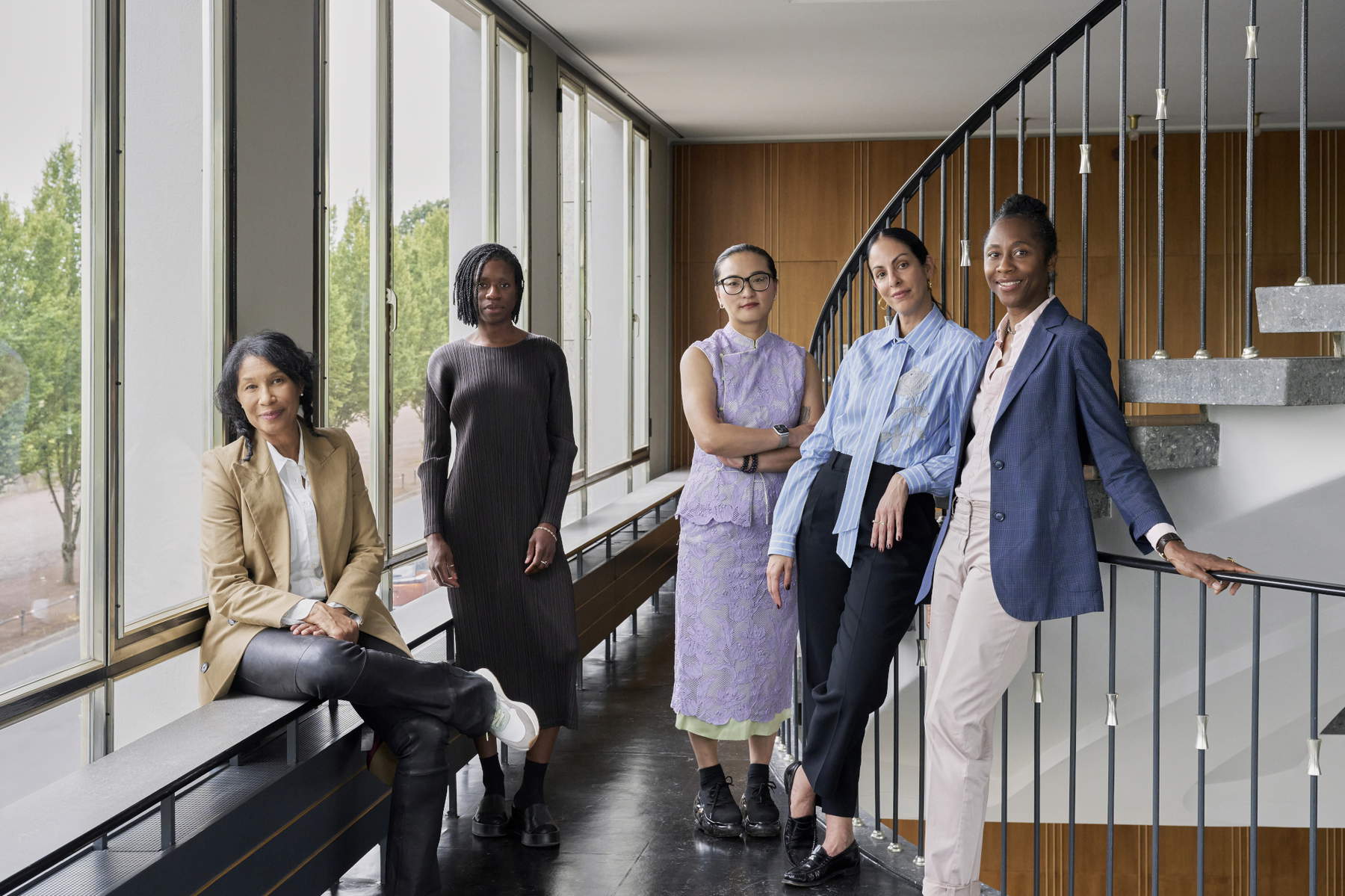It happened again. The co-curators of the upcoming Documenta have been unveiled, after the chief curator Naomi Beckwith from the Guggenheim Museum in New York was announced last December. Once again, as has been the case for many years now, we are witnessing a grotesque situation where the curators of a major art project are presented as “super-authors,” “super-directors,” and “super-artists” even though they do not actually make or create anything. Also because otherwise we would call them “artists.” Let us be clear: the role of the curator could be important and fundamental in presenting and optimizing an artist’s attitude, but as long as he does not take his place by relegating the artist to a marginal accessory. For in that case the result would be a great void.
What do we remember about the last major international art events such as Biennales, Documenta and Manifesta? No work among the thousands presented, but we remember (broadly) the name of the curator, who, however, is not an artist: the Biennial of Bonami, of Gioni, of Alemani, of Pedrosa, the Documenta of that Indonesian collective, etc.

Entering the website of the Quadriennale di Roma right now, just over a month before the opening, the first five images we see are photos of the five smiling curators. As if, upon entering the site of Wimbledon or the U.S. Open, we would not find photos of Sinner, Alcaraz or Zverev, but photos of the umpires, directors and organizers. With a greatly weakened and homogenized language of contemporary art, this situation is becoming grotesque and in many ways embarrassing. The Quadriennale website does not even announce the opening date of the exhibition, while for more than 12 months we have been witnessing press conference after press conference to present curators, presidents and their ideas about what the exhibition will be like. But the paradoxical thing is that they are not artists, and they are not even directors who order different artistic masters into one unified work.
Where are the artists? In the case of the Quadrennial, we have seen, very significantly, presentation videos on Instagram: here, too, the curator’s name was presented in big letters and with a persistent photo, sometimes even through yet another video where the curator speaks, while the artists’ names have very small letters and their photos are presented very quickly and each photo does not persist for even a second. Exactly as if works and artists are totally secondary and unimportant. This grotesque preponderance of the curator-manager-star is also due to the presence of hundreds of homogenized artists who are weak and unable to emancipate themselves and break out of rigid and nostalgic postures. The commonly understood artist is subjugated by the system, afraid and waiting for the call of the curator, director or gallerist. This total surrender, after many years, is also reflected in artistic production, which as early as 2009 I had begun to call “evolved Ikea,” that is, mannerist solutions that elaborate in a more or well-informed way what took place fifty, sixty, seventy years ago. In the society of the digital spectacle, the weakness of the work and the artist necessarily leads to the “star” personalization of the curator even if he or she is not an artist and produces nothing.
This dynamic was also evident at the last Venice Biennale 2024 and has already been triggered for the Venice Biennale 2026 and Documenta 2026. In 2024 Adriano Pedrosa, curator of the international exhibition of the Venice Biennale, i.e., the most anticipated exhibition, had invited a whole series of “indigenous” and outsider artists who, according to the curator, had not been given the proper visibility in the last 50 years, but the result was was of a “Christopher Columbus” curator bringing to Western courts and collectors “exotic jewelry,” that is, works and artists with little incident that seemed like fetishes to console the Western world’s supposed guilt. No one remembers the names of those artists today, but we remember the “Pedrosa Biennial” as a grand installation that was meant to be de-colonialist but instead only renewed a new form of devious colonialism. We remember “Pedrosa’s film” even though Pedrosa, like his colleagues in Quadrennial 2025 and now Documenta 2026, is not a filmmaker who unites and harmonizes actors and workers into a single work.
The art curator selects, flanks, writes texts, but this does not mean creating a work of art, his own grand installation: otherwise we would have to call the curator an “artist” and real artists would be like the colors on the palette of the curator on duty. This process, which has already been active for at least 16 years, is leading to the death of contemporary art. At the same time, the contemporary art market must inflate works of value through “public relations doping” in order to resist. This is happening because without effective sowing venues (Biennales, Documenta, Manifesta, etc.) the desperate farmer is forced to put anabolic agents at Thursday’s sowing in the vain hope of harvesting something on Saturday afternoon of yet another art fair on the planet. Madness.
Warning: the translation into English of the original Italian article was created using automatic tools. We undertake to review all articles, but we do not guarantee the total absence of inaccuracies in the translation due to the program. You can find the original by clicking on the ITA button. If you find any mistake,please contact us.